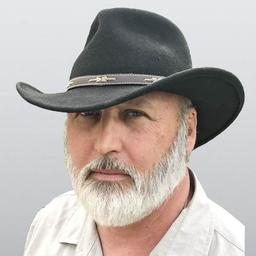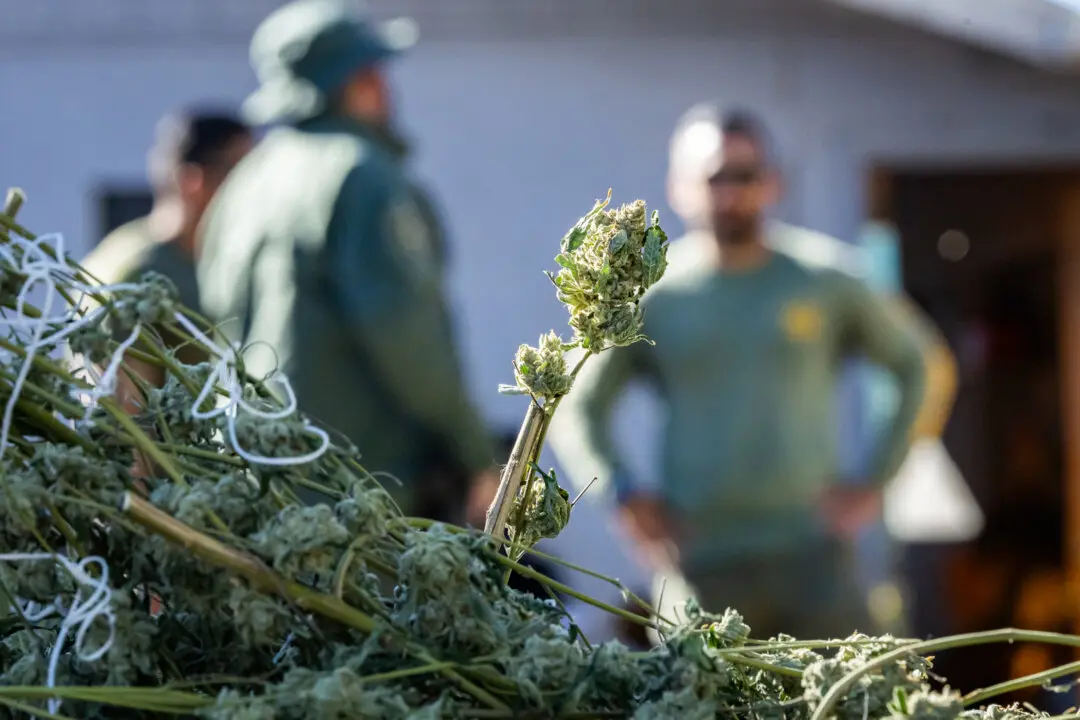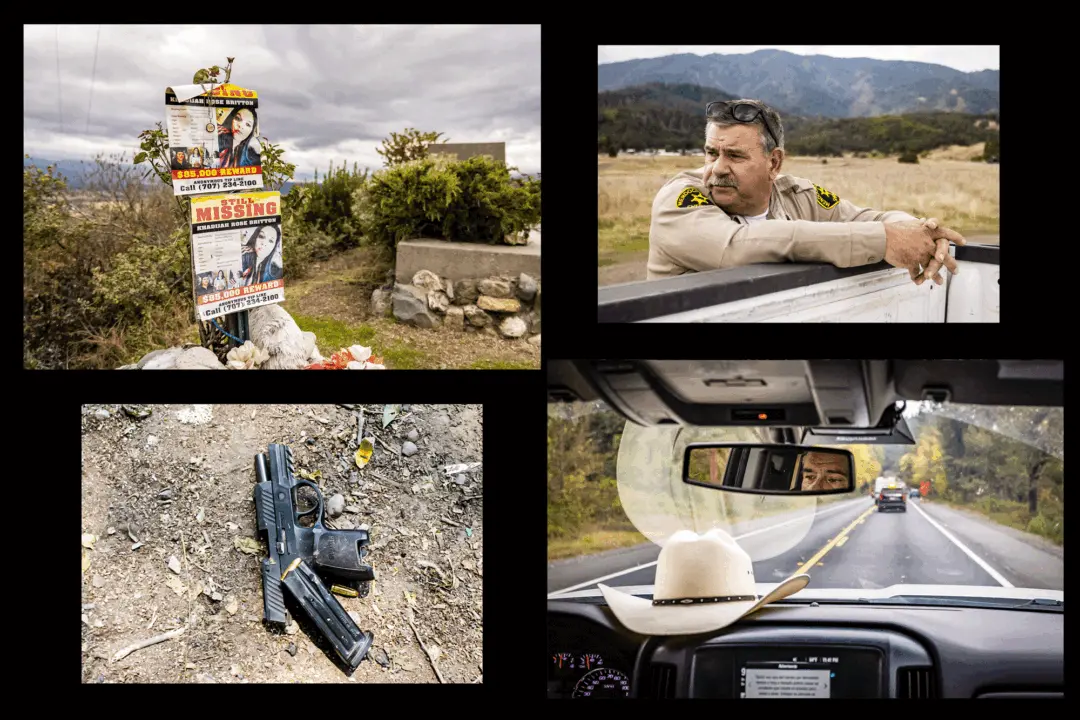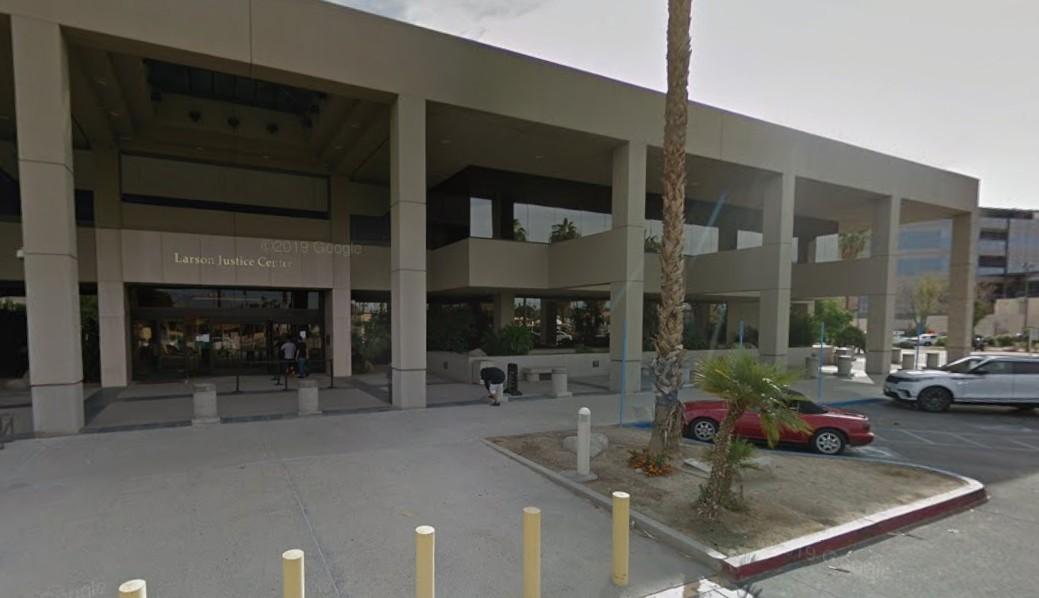With mudslide season approaching, fire victim Susan Iwamoto is making an urgent plea to the County of Orange as well as California state and federal authorities to help struggling residents in what she calls “the lost canyon.”
Iwamoto, 56, and her husband, Wayne, 69, have been living in their ash-and-soot-filled home in Williams Canyon since the Bond Fire hit in early December. They have no other options.





